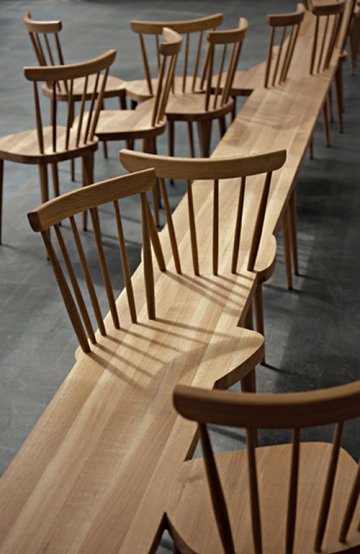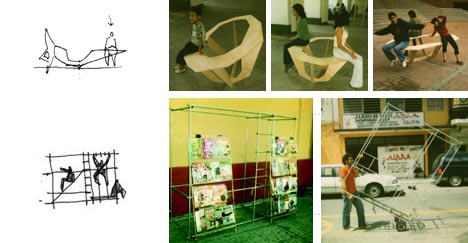COMMUNICATION//EDUCATION
I have two markets in mind for the capstone project. The first involves educational toys/games for children, mainly focusing on topics like microbial education, sustainability, the Earth and how to keep it alive. In the current market, educational board games are mostly for math, spelling, geography, money, logic and some science knowledge. On the internet however, there exists the games that are missing such as games educating children in the subjects mentioned above. An opportunity exists to create a game or a series of games for this genre for children under the age of 12.
Existing toys such as figure 1 & 2. are usually models of biological anatomy. They are simply labeling games, there are no further levels to engage children/user; no further knowledge is given, what is the function of this particular cell?.. etc
.jpg) (figure 1)
(figure 1) figure 2.
figure 2.Websites such as pbskids.org and funbrain.com provide the games and educational toys for what is lacking in the non-cyber markets.

funbrain.com

pbskids.com
Statistics show for children under the age of 12, one of the most common causes of death after accidents, homicide, cancer, is the cause of complications from viruses and bacteria infection. There is a need and opportunity for a product to be designed to help prevent these deaths. There also exists an opportunity to education parents and guardians about these facts and statistics as well to better protect their children. Simple questions like how the flu spreads, why is it seasonal and why do vaccinations work should be answered through this product through a fun and engaging structure.
The second focus is in public furniture.

I am intrigued by the interaction (intentional or subconscious) between people and public furniture, mostly public seating in parks, open squares, gardens etc. Public furniture needs to be more than just a place to rest, especially in an urban city like New York. In a place where people are always around, public seating/furniture has the opportunity to be more than just static objects, they can promote alternative lifestyles/ideas. There are already many existing solutions to this question. There are modular furniture pieces, seating that encourage users to interact with itself, and furniture that enable strangers to interact with each other. These seating devices however are not always the most comfortable, there exists limitations to how comfortable these pieces to be due to government rules and regulations. There is an opportunity to design public area seating (most likely indoors) to enable and encourage, perhaps even forcefully challenge users/the public to interact with one another.

http://dornob.com/urban-prosthetics-10-interactive-public-furniture-designs/
hi jacqueline,
ReplyDeleteI am intrigued about both of the topics and markets you are considering, but I must say that I am personally very interested in what you said about there being lots of online games that teach various important topics, but not many these days that rely on tangible, physical objects. There is plenty of evidence that children (especially young ones) learn differently when they can manipulate actual objects, rather than looking at pictures on a computer screen and clicking them with a mouse. The experience of holding something in one's hands can be crucial to understanding, especially if something has an unusual shape. There are many possibilities here, and with 3D printing, you can try things out rapidly and get them in the hands of users. There is also the possibility of making a physical object and connecting it to a computer, so that it responds to touches by either speaking, making noise, or doing some other thing. the computer could be hidden. If you want to know more about this possibility, please let me know. I can lend you a very simple device that you can use to harvest touches from any surface, regardless of its complexity.
steven